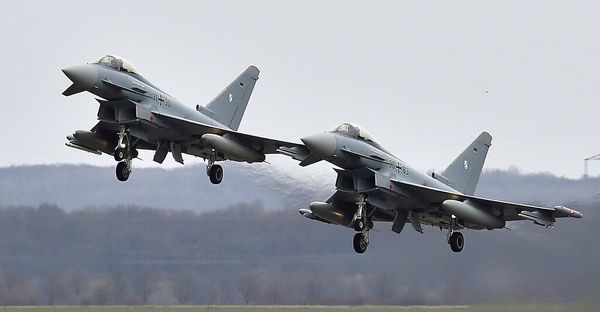Intuitive Surgical stock revolves around the company's advanced surgical system, designed to improve minimally invasive surgery. The system translates a surgeon's natural hand movements on a console into corresponding micromovements of instruments positioned inside the patient through small puncture incisions.
The company had its initial public offering in June 2000, just prior to the prolonged 33-month bear market. The IPO at 9 quickly jumped in seven weeks to a high of 38 and promptly nose-dived to 6, tracking the general market's cave-in.
The stock then moved back and forth, unable to make real progress from a proper base until June 2004. After several years of mediocre performance, it built three bases, beginning in June 2003. The first two failed and the third one broke out. It advanced from 18.60 to 139.
We'll point out the reasons the first two failed and the third worked, which are things you can learn to recognize as you get more serious about good chart reading.
The Greatest Stocks Of All Time: See This Treasure Trove Of Chart Analysis
Intuitive Surgical Stock: Third Try Is A Charm
The first cup-with-handle base at Point A was faulty and wide-and-loose with a 46% drop. The handle area wedged up along its weekly lows.
The second cup with handle at point B was not a base-on-base pattern because it did not stop and build a base on top of the prior base at point A. More important, it broke down on huge volume 400% above its weekly average. One day, it had a 1,700% increase above its daily average volume. That gave the base more distribution than accumulation.
Finally, the handle area did not drift down. When the first and second base broke out to new highs, the relative strength line lagged and did not make a new high. The third base at point C was tighter and proper, not as deep from peak to low of the base.
For the first time Intuitive Surgical's relative strength line vs. the S&P 500 led into new high ground. Meanwhile, the S&P 500 corrected to new lows in July 2004, a key sign of a powerful divergence. Volume dramatically increased as well as the price.
Other Trifecta Examples
Both history and human nature relentlessly repeat in the American stock market. Microsoft had three long sideways bases from October 1987 to September 1989. The first two failed, while the third advanced six times.
PeopleSoft, now part of Oracle, did the same thing from February 1993 to August 1994 and then advanced four times.
Finally, Qualcomm moved sideways for more than a year with the first two bases failing. The third took off in January 1999 and soared more than 20 times in one year.
Could it be worth your time to study historical charts and human nature? Do you think some stock could be repeating history this year or next?
This column originally ran in Investor's Business Daily as part of a 2012-14 series on America's greatest stock opportunities written by IBD's founder, the late William J. O'Neil. See more stories in this series.







